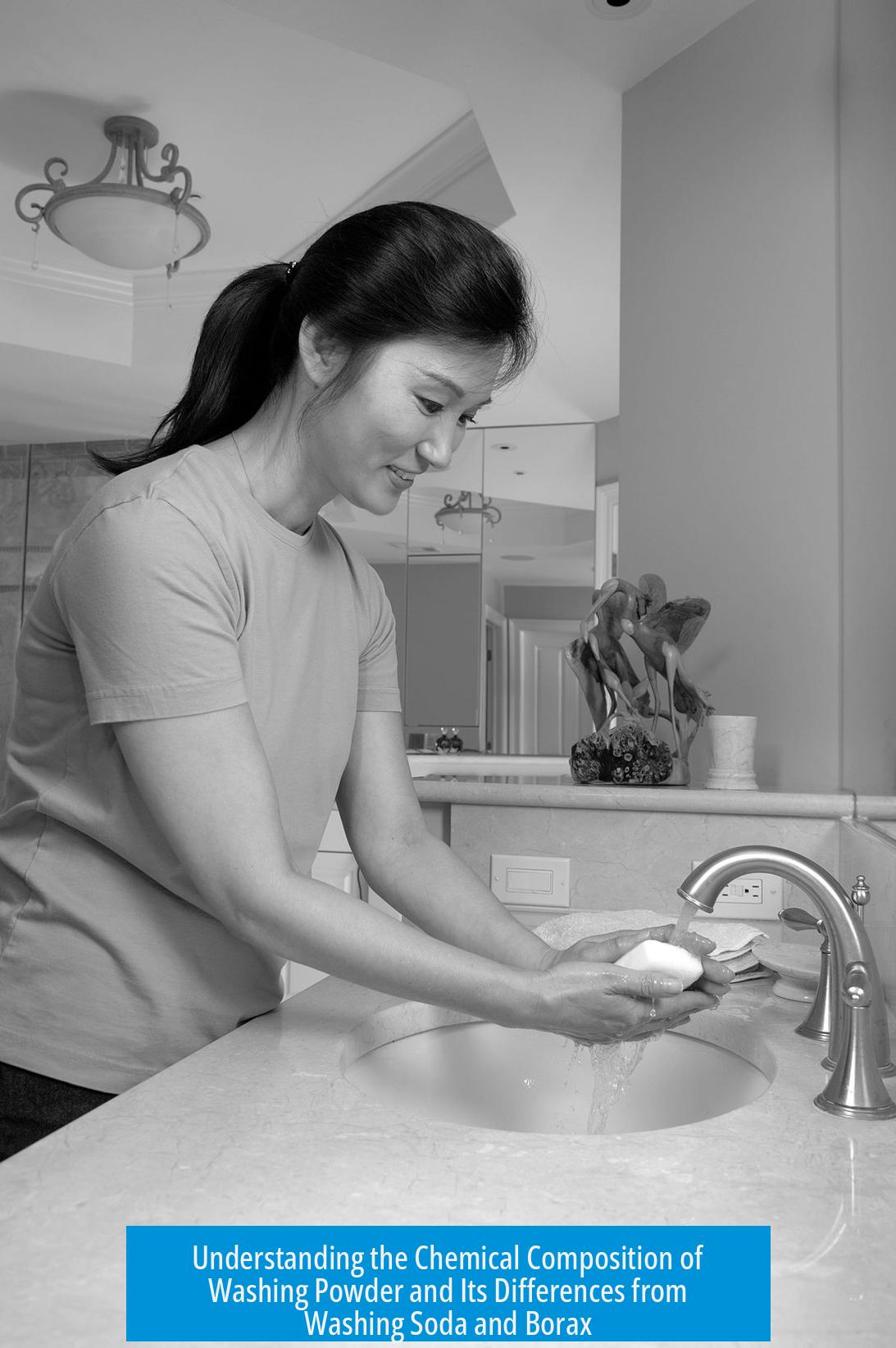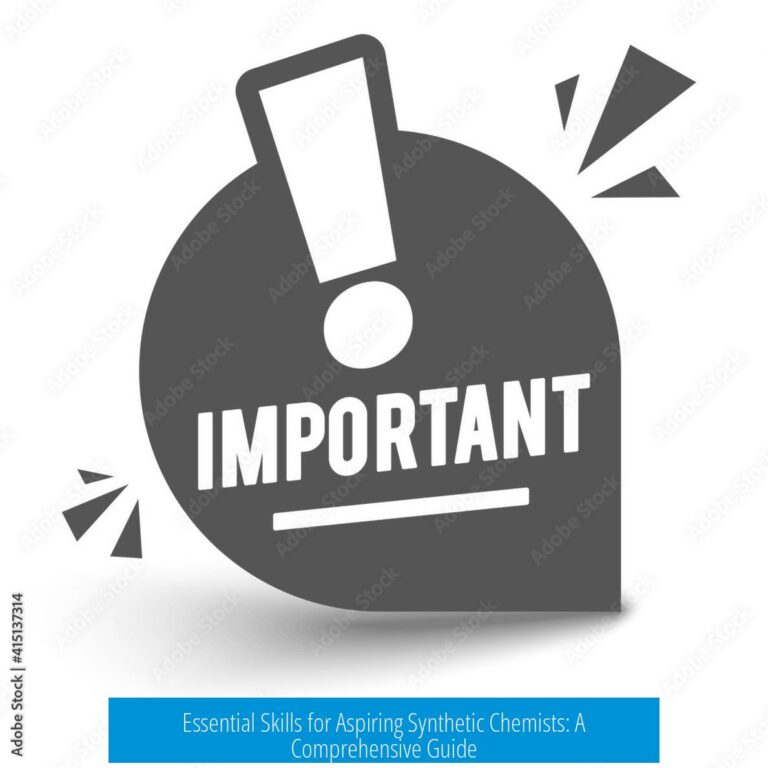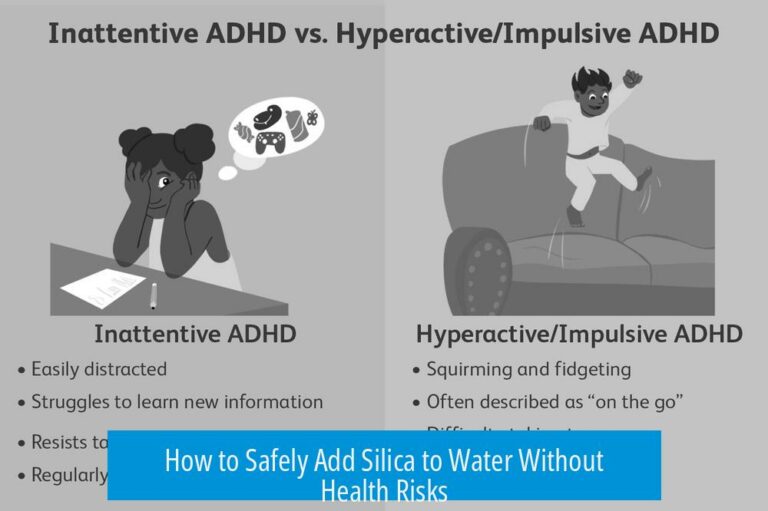What Is Washing Powder, Chemically Speaking?
Washing powder is a complex mixture primarily based on synthetic anionic surfactants, rather than a single chemical substance. It acts as a solid formulation designed to remove dirt and oils from fabrics during laundering.
Chemical Composition of Washing Powder
Washing powder contains multiple chemical components blended for efficient cleaning. The main active ingredients are synthetic anionic surfactants. These surfactants carry negative charges that help break down oily stains and suspend dirt in water, enabling easier washing.
Besides surfactants, washing powders often include builders, enzymes, bleaches, and fillers:
- Builders – Compounds like sodium tripolyphosphate or zeolites improve washing efficiency by softening water.
- Enzymes – Specific enzymes target proteins, starches, or fats to help lift stains.
- Bleaches – Oxygen-based bleaching agents assist in whitening fabrics.
- Fillers and carriers – Substances that maintain powder flow and stability.
Distinction from Washing Soda and Borax
Washing powder often confuses consumers with similar laundry substances such as washing soda and borax, but these are chemically distinct:
| Substance | Chemical Nature | Role in Laundry |
|---|---|---|
| Washing Powder | Mixture mainly containing synthetic anionic surfactants | Main detergent for cleaning clothes |
| Washing Soda | Sodium Carbonate (Na2CO3) | Water softener and pH adjuster, laundry booster |
| Borax | Sodium Borate (Na2B4O7·10H2O) | Formerly used in laundry as water softener and mild disinfectant |
Washing soda appears as a white powder used in laundry to increase alkalinity and soften water, enhancing detergent performance. Borax has historical laundry use but is chemically different from modern washing powders.
Misconceptions about Homemade Washing Powders
Many homemade detergent recipes instruct using commercial detergents as a base, then modifying them. True DIY washing powders rarely involve synthesizing chemicals from scratch.
Homemade detergents may be costlier and risk skin irritation if improperly formulated. Commercial products undergo testing to ensure safety and efficacy, which is difficult to replicate at home.
Key Takeaways
- Washing powder is a solid mixture mainly based on synthetic anionic surfactants.
- It includes additives like builders, enzymes, and bleaches to enhance cleaning.
- Washing powder is distinct from washing soda (sodium carbonate) and borax, which serve different purposes.
- Homemade washing powders often rely on commercial detergent bases and may be less cost-effective or safe.





Leave a Comment